This week marks the beginning of one of the year’s widely celebrated times shared around the world.
That’s right, it’s Carnival time!
An integral part of the Christian calendar, you can safely expect to find a type of pre-Lent party in any country with a well-represented Christian population.
Above them all, though, the creme de la creme of these celebrations takes place in Brazil, so it seemed as good a time as ever to explore the type of food that might keep weary partiers going strong.
In the Brazilian state of Bahia, it’s acaraje and vatapa that rise up to the challenge.
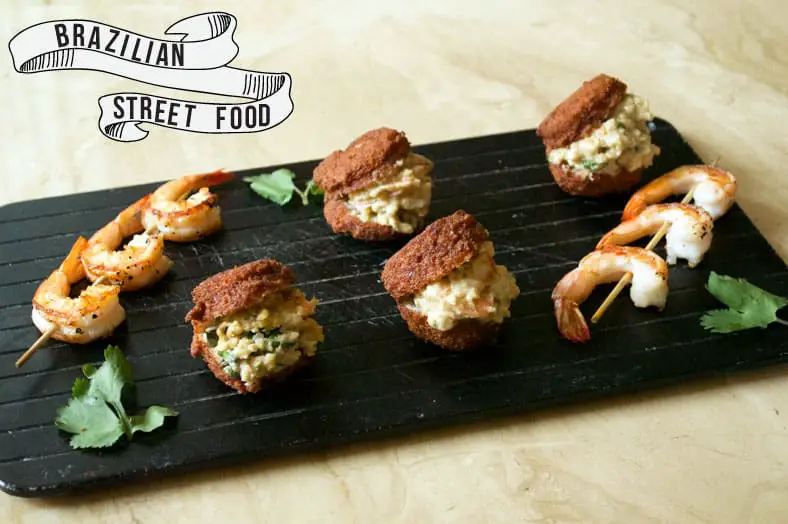
The Well-Traveled History That Led to Acaraje
While acaraje is certainly as Bahian and recognizably Brazilian as it gets, the original recipe creation comes on the heels of a lot of additional terrain covered of our lovely planet.
Going back to the very beginning, the “road to acaraje” begins in the old Arab world around the 7th century. From 650 until as late as the 1960s, the Arabs organized and practiced one of the largest slave trades in the world, enslaving anywhere between 10 and 18 million people over the course of the trade’s span. In part because of ethnic prejudices but also due to the effectiveness of their campaigns, the Arabs sourced a fair portion of their slave labor from West, Sub-Saharan, and Horn African nations.
One area that was a particular target of interest is present-day Nigeria along the West African coast. Over the course of centuries and countless raids, certain elements of Arabic practices began to permeate and mix into local cultures as well. In the realm of food, one of the staples of Arabic cuisine even to this day, the falafel, was one such local cultural integration.
You May Also Like…
If you love this recipe, you might also like our other recipe for grilled ground beef and pork kebabs (cevapi), or try beef kababs Peruvian style (anticuchos) .
The ancestor to what is now the Brazilian acaraje comes from the Yoruba people in southwestern Nigeria, one of the largest ethnic groups in the country. One particular recipe the Yoruba made was akara, which had evolved from the chickpea-based falafel into a fried bean fritter commonly eaten as a breakfast food.
As the Portuguese explored and conquered the New World in the 1500s, their need for able-bodied labor led them to transport slaves – some of whom were Yoruba – to the then-capital of Salvador in the Bahian state of their newest prize possession, Brazil.
Over time, the original akara was adapted to local ingredients and influences that ultimately yielded the Brazilian version acaraje.
The name acaraje still originates from the Yoruban language and is actually a compound word of two differing concepts. In Yoruban, je means “eating” while akara means “fireball,” which would lead the compounded name acaraje to stand for “eating a fireball.”
Today, acaraje remains a fixture in Bahia and was named in 2012 as a part of a piece of the broader Brazilian cultural heritage. Especially in Bahia, you can find sellers of acaraje as a street food snack offered with a variety of different toppings/fillings, one of which being vatapa.

The Slightly More Confusing History of Vatapa
While acaraje as a recipe has a clear cut Yoruban and African ancestry, the same cannot be said for vatapa.
According to the insights of Brazilian anthropologists like Arthur Ramos de Araujo Pereira and Luis da Camara de Cascudo, while vatapa contains many distinctly African ingredients – palm oil, for example, was introduced by the Sudanese – the preparation and overall cooking process are more akin to Portuguese influences.
The mixture of these two influences actually makes vatapa a “hybrid” but ultimately a native Brazilian invention.
Today, vatapa is most commonly eaten as a topping or accompaniment to acaraje, but it can also be eaten with white rice or bread as well.
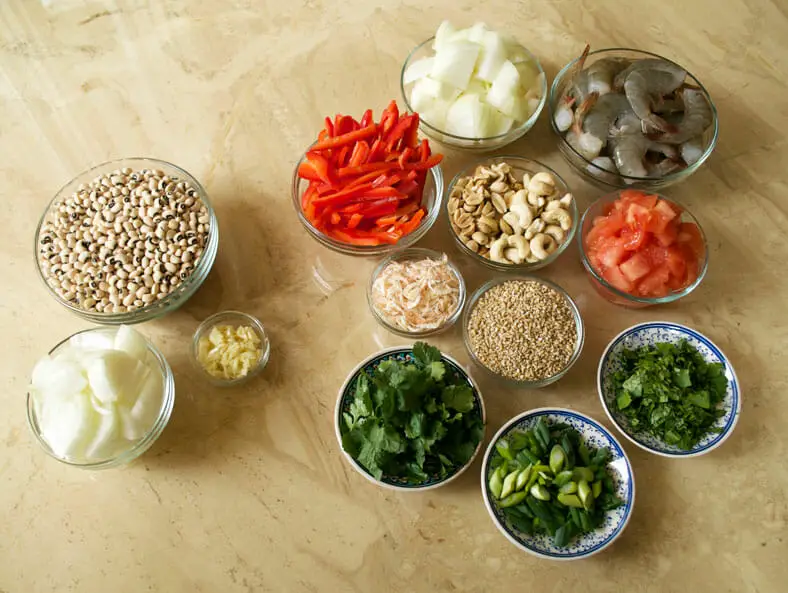
About the Recipes
Acaraje
For acaraje, the key ingredient is the cowpea, or more commonly called the black eyed pea in the US. One of the most prevalent legumes in both Africa and South America, the key to making acaraje from black eyed peas is to grind it into a near-fine paste.
One key to achieving this near-fine paste quality is to soak and peel the black eyed peas. Thanks to the ever-useful food processor, this is a far easier task than it traditionally had been. Instead of having to hand-peel peas that required an overnight soaking, using the food processor significantly cuts down the time needed for preparation.
You start with putting your dried black eyed peas in the food processor and very quickly giving them a pulse. At this point, you don’t want to overly pulse them, since you’ll need to soak them and extract the skins. You then take the pulsed peas and submerge them in water in a bowl, where you’ll start to see the skins of the peas floating to the surface.

It’s easiest to simply scoop out the skins with your hands and then re-submerge and re-scoop. You’ll know you’re getting closer to having extracted most of the skins as the water becomes less murky and more clear to the bottom of the bowl.
In most versions of acaraje (and in ours) are also onions and garlic ground down to a fine paste as well. The final batter is done by combining both the bean and onion pastes, which are then fried in oil to become the crispy, brown end-result fritter.

Vatapa
Also thanks to the modern marvel of the food processor, making vatapa is also far easier than it traditionally had to have been.
Much like acaraje, vatapa is made with a series of separate pastes combined during cooking. The first paste is made from ingredients like dried shrimps, cashews, peanuts, onions and garlic, while the second paste is usually made from old bread or cassava flour and coconut milk.
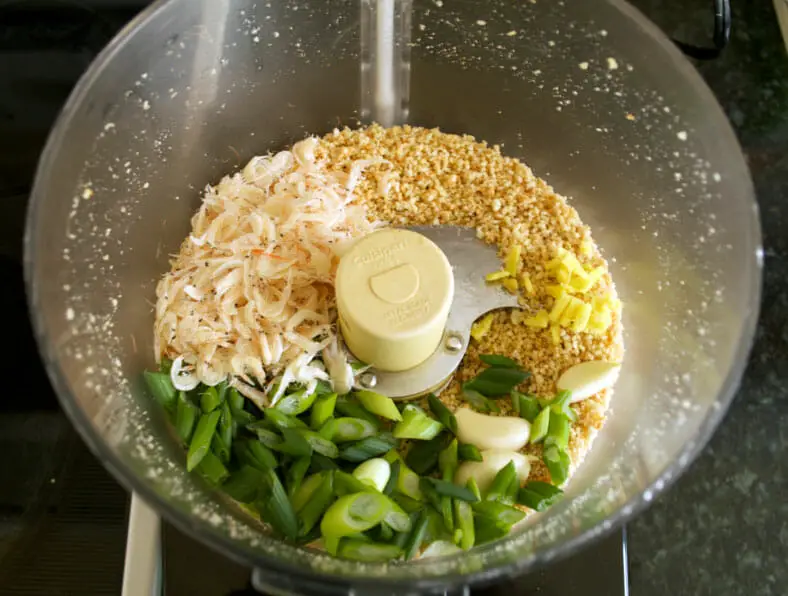
When cooking, you start by heating the shrimp and nut paste. Thereafter, you can add additional ingredients in (including whole shrimp as well) before topping your saucepan with the thickened coconut milk-based paste. After a few more minutes of simmering, you’re left with an incredibly thick and wholesome paste that goes fantastically in acaraje.

Our Take on the Recipe
It’s worth mentioning here that neither of us can say we ascribe to Candomble, the Bahia-sourced hybrid religion for whom acaraje and vatapa are considered “holy foods.” Our tweaks, therefore, are completely unrepresentative of the true type of traditional recipe you might find in Bahia.
That said, using this original acaraje recipe and this vatapa recipe as our references, we did make a few notable adjustments.
One of the most critical adjustments what we made was switching palm oil for coconut oil in both recipes. Given all sorts of environmental and health-related discussions around palm oil and how healthy/unhealthy it might be, we just opted to keep it simple and stay away. Especially for a fritter-like recipe like acaraje, this seemed like a risky swap to coconut oil at first but proved to be a good (and tasty!) one.
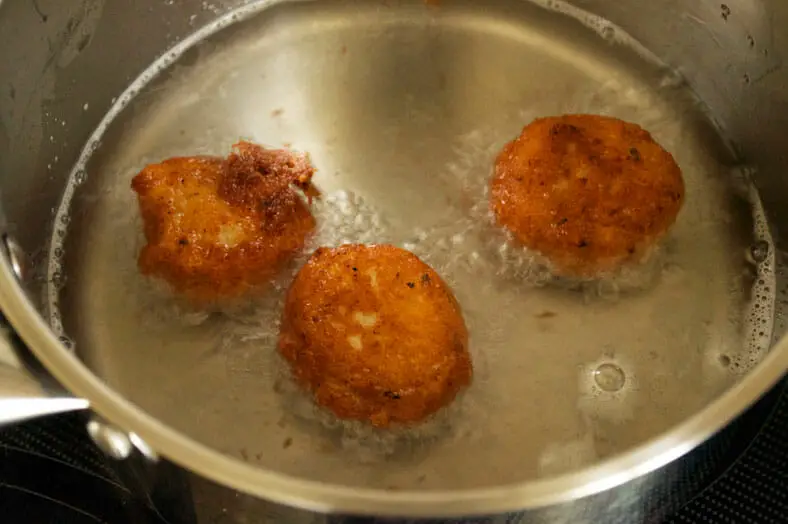
For the vatapa, we tested a quinoa and steel-cut oats mixture with the coconut milk as part of a “gluten free” experiment instead of the original dried stale bread, and we personally preferred it to the original! If you want to make it like the original, however, then either a half cup of breadcrumbs or one half of a dried French baguette will do the trick.

Other than that, both recipes – especially the acaraje – are very straightforward and easy to make. There is an art to timing the making of both recipes, which we hope we conveyed in the recipe well enough, but either way you’re left in the end with a signature taste of Brazil’s Bahia.
And remember, of course, it can serve as the perfect energy source as you celebrate Carnival in your own way. Enjoy!
Have you tried acaraje before? Comment below!
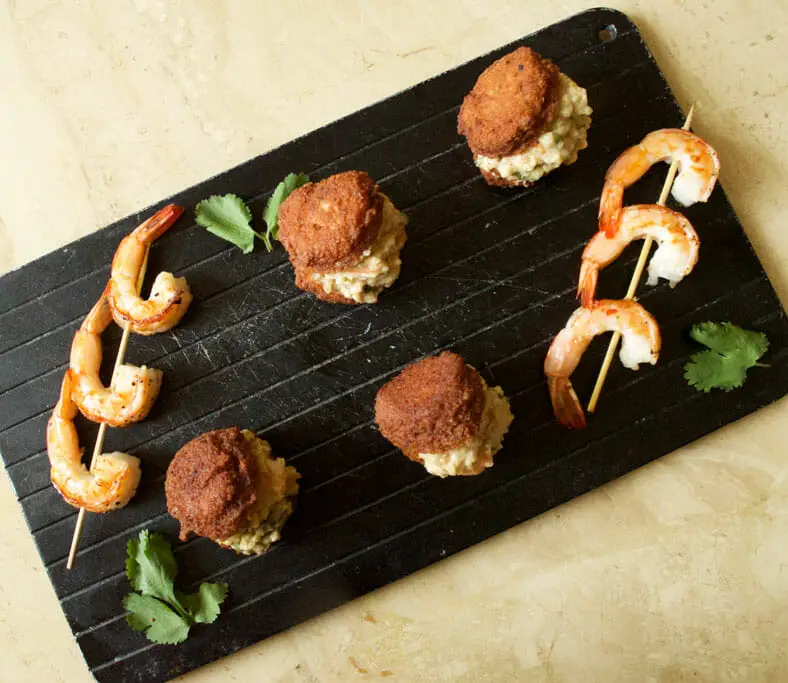

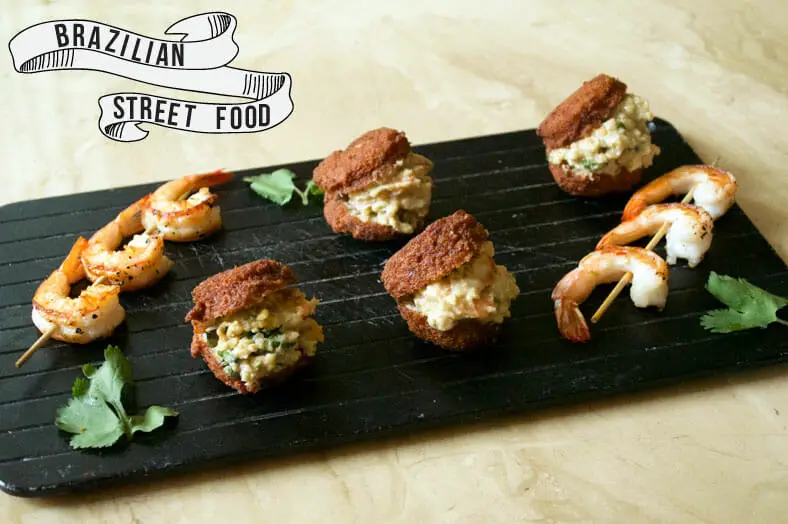
These look delicious – May need to dedicate a weekend afternoon to make these beauties!
Erin, we fully support that idea.. they’re so well worth it 🙂